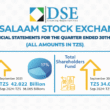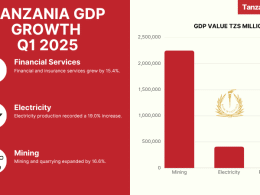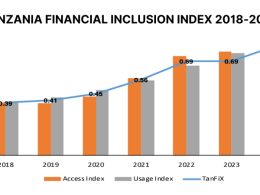The Bank of Tanzania (BOT) Quarterly Economic Bulletin for September 2016 shows that the country realized a budgetary surplus of TZS326.2b in Q3 2016.
The surplus was used to repay domestic and foreign obligations amounting to TZS212.8b and TZS113.4b, respectively.
During the period, Tanzania’s resource envelope (revenue and grants) amounted to TZS4,058.2b, while expenditure amounted to TZS3,856.2b.
Revenue collection by the central government amounted to TZS3,812.5b, of which tax revenue amounted to TZS3,455.1b or 87.6% of total revenue collection. The tax revenue collection was 98.6% of the target for the quarter.
Official foreign grants were about TZS111.8b during the quarter, compared to the projections of TZS652.8b.
Total expenditure for Q3 2016 amounted to TZS3,856.2b, of which recurrent expenditure was TZS2,743.6b and development expenses were TZS1,112.6b.
“[…] expenditure for all components was lower than estimates, with a notable shortfall recorded in development expenditure, owing to lower realization of foreign grants than projected,” the BOT indicates.
In October 2016 the fifth review of the International Monetary Fund (IMF) program in Tanzania noted that the country has made notable progress in increasing revenue collection and that it is at low risk of external debt distress and has room to borrow externally to meet its financing needs.
The BOT indicates that Tanzania’s external debt stock reached USD16,399.8m at the end of Q3 2016, an increase of USD2.1m relative to the stock at the end of Q2 2016.










